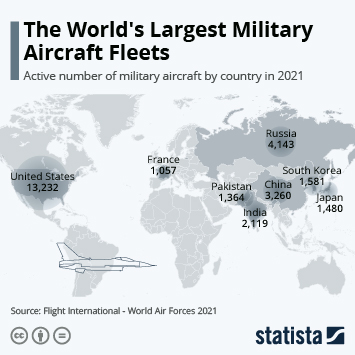Amazon sent out its first drone deliveries in California and Texas in December 2022, as part of its trials for the hotly anticipated ‘Amazon Prime Air’ service. The company promises to deliver packages within one hour from clicking pay. While orders via drone service are currently extremely expensive (costing at least $484), Amazon hopes to reduce this to $63 per package in 2025, when they plan to deliver 1 million deliveries by drone.
The retail giant isn’t the only company dabbling in the drone delivery field. According to Insider Intelligence, UPS, Walmart, and Alphabet are also looking into the technology.
With drone deliveries on the horizon, the European Union Aviation Safety Agency ran a survey to find out how residents feel about the new service. As our chart shows, a majority of people living in urban centers were open to the idea and would be either “fairly” or “very” likely to try the service if it was on offer. Respondents were given the caveat that it would cost about double today's standard shipping fees and would be guaranteed within 2 hours of placing the order.
Respondents from Milan were particularly receptive, with nearly three quarters embracing the idea, followed by residents of Barcelona (68 percent) and Budapest (67 percent). The more northern cities of Hamburg in Germany (59 percent) and the Nordics’ Öresund (57 percent) were slightly less open to the idea.
EASA researchers found that of the 3,690 participants, over half of them (56 percent) said that they would feel safe with unmanned delivery drones potentially flying overhead. According to EASA, the drones intended for the delivery of goods would have an average wingspan of 3 meters, would fly between 120 and 150 meters altitude, with no pilot on board, and would be certified by competent authorities.
One of the top concerns for respondents was safety (44 percent), in terms of incidents due to a technical or human failure. Security also ranked highly as an issue (39 percent), in terms of incidents due to deliberate harmful action, which the report details as either “by criminal organizations or terrorists.” This was followed jointly by potential privacy issues (30 percent) and job losses (30 percent), and the impact on the local environment (28 percent), whether that’s air pollution, a negative impact on bird life and insects, as well as noise pollution (28 percent).
When asked how drones could be most useful, the biggest groups said through the delivery of either an injured person or medical supplies to hospitals (41 percent). Drones for medical use are already being piloted in Norway, where blood samples are carried between hospitals, cutting down travel time from a one hour drive to 17 minutes. According to Nordic Unmanned, the company behind the journeys, this saves time, cuts emissions, and reduces traffic on roads.
Max G Levy of Wired reports that in Rwanda too drones are being trialled to carry blood supplies. In a country where 83 percent of people live in rural areas and journeys over land can take a long time because of the distances and terrain, this technology can save lives through carrying blood quickly for life-saving transfusions and reducing the quantity of blood that expires and goes to waste. One issue drone companies face seeking to expand to other markets, he notes, is of their potential security threats - the question of whether they could be used to drop bombs.
According to the European Commission, delivery drones will become part of everyday life in Europe by 2030.





















